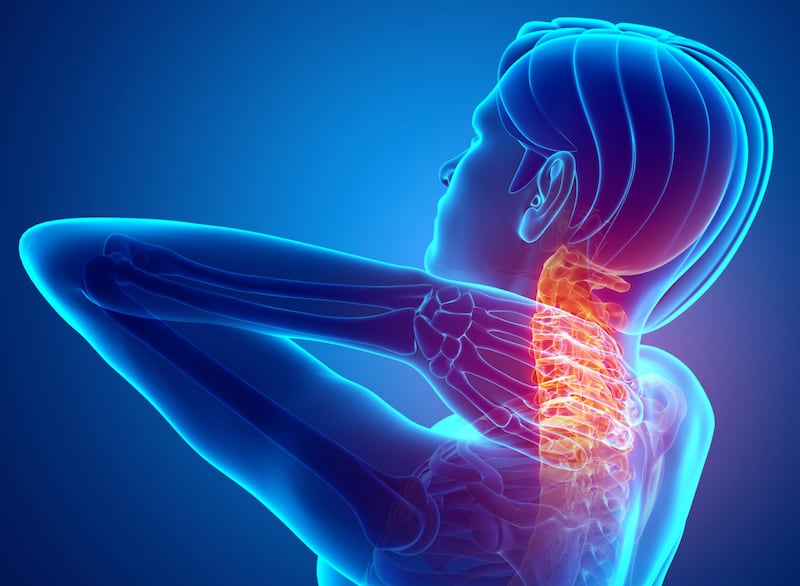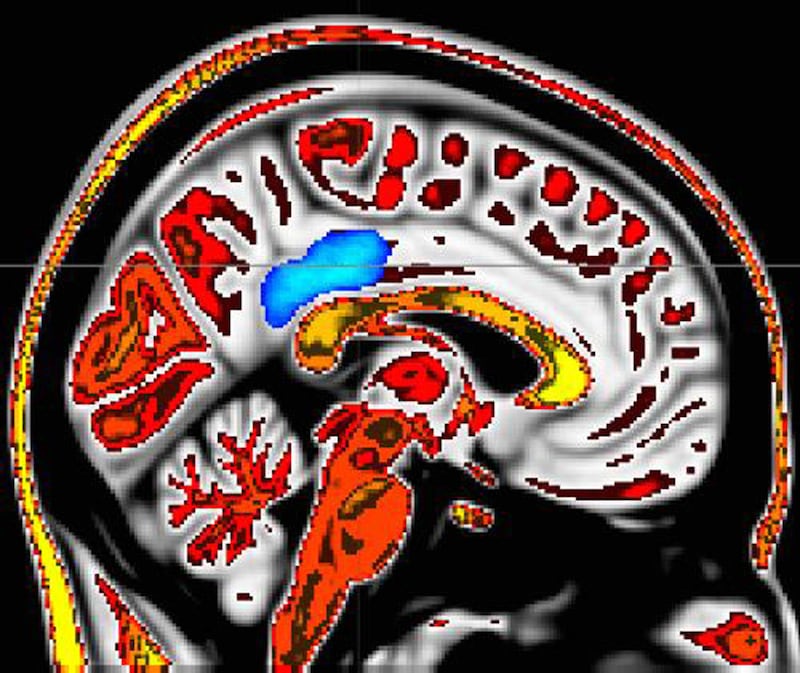People who are mindful feel less pain, according to new research.
US scientists have found a person’s natural level of mindfulness to be associated with lower pain sensitivity.
Dr Fadel Zeidan, an assistant professor of neurobiology and anatomy at the Wake Forest School of Medicine in North Carolina and the study’s lead author, defines mindfulness as “being aware of the present moment without too much emotional reaction or judgment”.
He added: “We now know that some people are more mindful than others, and those people seemingly feel less pain.”
The technique, often used in yoga practice, is also recommended by the National Institute for Health and Care Excellence (Nice) as a way to prevent depression in people.
Dr Zeidan and his team analysed data from a 2015 study that compared the effects of mindfulness meditation with taking placebos for pain relief.

The team then followed up the research with their own experiments using 76 healthy volunteers, with aim to understand the brain mechanisms associated with pain sensitivity.
The volunteers completed the Freiburg Mindfulness Inventory – a clinical measurement of mindfulness used by the scientific community to determine an individual’s baseline level.
The participants were then subjected to painful heat stimulation and their brain activity was measured using functional magnetic resonance imaging (fMRI), a machine that monitors tiny changes in blood flow that take place in an active part of the brain.
Results showed that among those who reported lower pain scores, heat stimulation was associated with decreased activity in a brain region called the posterior cingulate cortex – which is part of a network of nerves associated with processing feelings of self and mind wandering.
The posterior cingulate cortex, or PCC, works with another region of the brain known as the medial prefrontal cortex – associated with decision making and moderating social behaviour.
According to Dr Zeidan, these two regions make up the “default mode network” of the brain, which becomes more active when the brain isn’t engaged in performing a task that requires focused attention.

He added: “As soon as you start performing a task, the connection between these two brain regions in the default mode network disengages and the brain allocates information and processes to other neural areas.
“Default mode network is reactivated whenever the individual stops performing a task and reverts to self-related thoughts, feelings and emotions.
“The results from our study showed that mindful individuals are seemingly less caught up in the experience of pain, which was associated with lower pain reports.”
Dr Zeidan said he hopes that the findings will help in the research and development of effective therapies to manage pain.
He added: “Based on our earlier research, we know we can increase mindfulness through relatively short periods of mindfulness meditation training, so this may prove to be an effective way to provide pain relief for the millions of people suffering from chronic pain.”
The research is published in the journal Pain.








